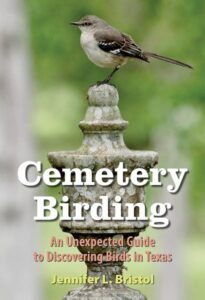 With autumn approaching here in the northern hemisphere, those who find the observation of bird migrations relaxing (or, in a few extreme cases not so much relaxing but rather all all but irresistible mania worth the cost of their mental health, domestic happiness, financial stability, etc.) are taking to the parks, fields, lake sides, and sea coasts to witness the departures of the summer’s birds, the arrival of those that will be spending the winter there, and the passing of those whose journeys are taking them through the area and on to farther locations. Of course, as birds – particularly during migration – are most interested in areas that provide them the resources they need more than the aesthetic qualities of any given location, just as often as parks and fields, they are also often readily observable at sewage ponds, landfills, and car parks.
With autumn approaching here in the northern hemisphere, those who find the observation of bird migrations relaxing (or, in a few extreme cases not so much relaxing but rather all all but irresistible mania worth the cost of their mental health, domestic happiness, financial stability, etc.) are taking to the parks, fields, lake sides, and sea coasts to witness the departures of the summer’s birds, the arrival of those that will be spending the winter there, and the passing of those whose journeys are taking them through the area and on to farther locations. Of course, as birds – particularly during migration – are most interested in areas that provide them the resources they need more than the aesthetic qualities of any given location, just as often as parks and fields, they are also often readily observable at sewage ponds, landfills, and car parks.
Author Jennifer L. Bristol well understands this, and in 2020 she shared her knowledge of how to locate and observe birds in those ubiquitous monuments to the American dependence on the automobile: parking lots. Her Parking Lot Birding; A Fun Guide to Discovering Birds in Texas, part of the W. L. Moody Jr. Natural History Series of books published by Texas A&M Press, brought enthusiastic bird watchers, new insight, and it is hoped, appreciation, of the idea that a bird watcher is never not a bird watcher, and that birds don’t give a round rat’s rump about the visual appeal of their surroundings so long as the area provides them food, water, shelter, or safety.
Now, she has taken a step further into overlooked areas in which to look for birds, moving from the ubiquitous to the decidedly liminal with her newly published Cemetery Birding; An Unexpected Guide to Discovering Birds in Texas, also from Texas A&M Press. Covering nearly 100 locations all across Texas, and presenting not only information on the avian life to be found in each of them but also a bit of their respective histories as well, this new guide should prove both useful to bird watchers living in or visiting Texas, as well as eye-opening to a much wider range of interested readers who might find themselves so moved by reading it to make investigations into the cemeteries of their own respective local areas.
If you enjoyed reading this, please consider signing up for The Well-read Naturalist's newsletter. You'll receive a helpful list of recently published reviews, short essays, and notes about books in your e-mail inbox once each fortnight.
